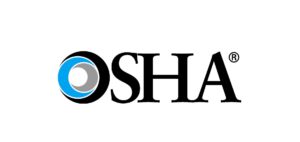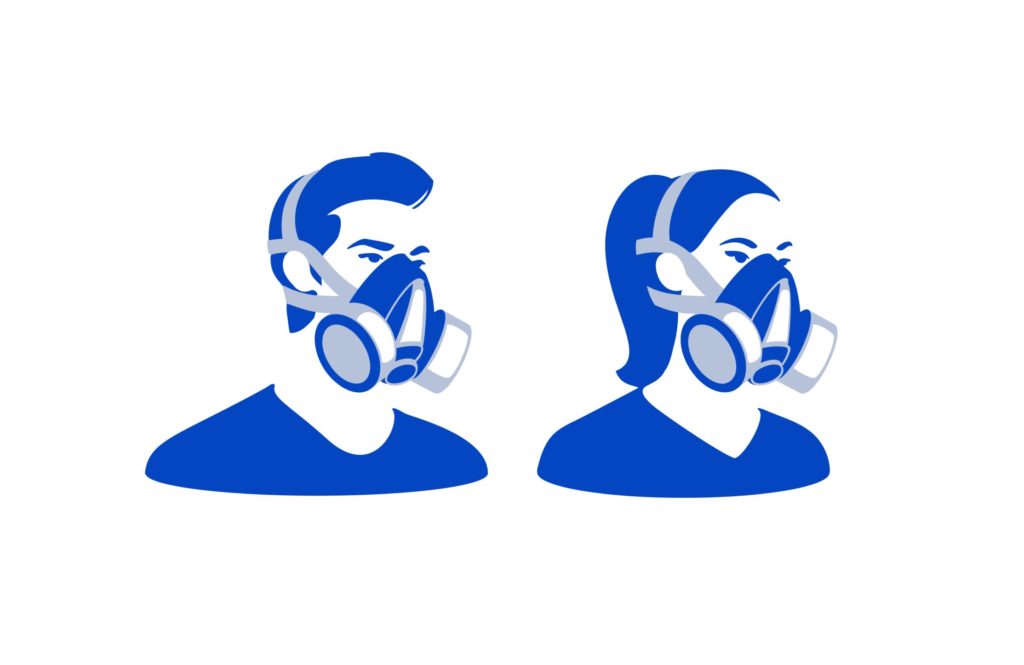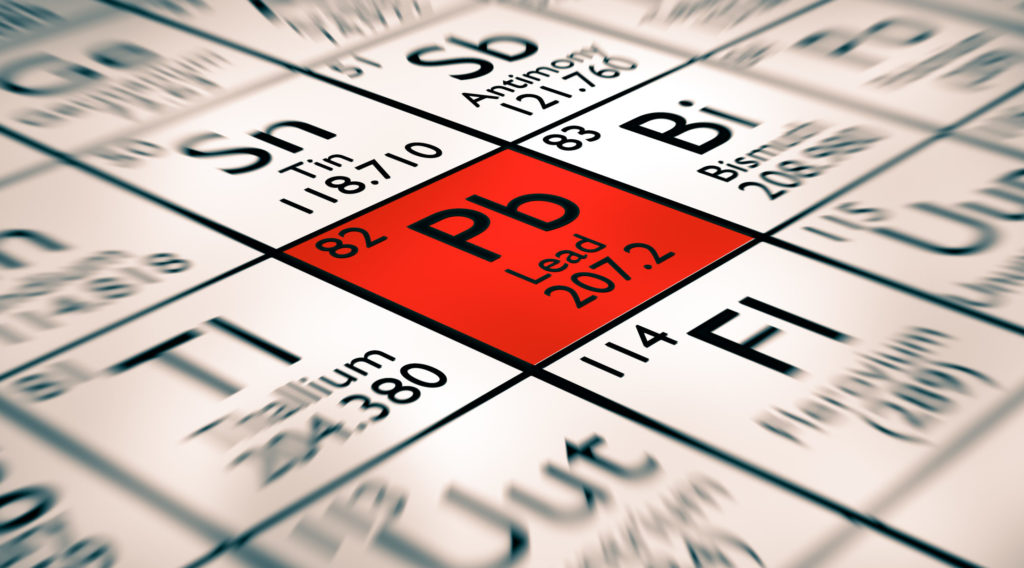
Guest column: OSHA’s Top 4 most cited violations among collision centers
By onEducation | Legal | Market Trends | Repair Operations
By Zach Pucillo
OSHA recently published the most cited violations of 2020 for all businesses. The cited standards don’t change drastically from year to year, but they serve as a reminder to everyone to find and fix these hazards before OSHA shows up at your door.
So, what are the most common violations for collision centers, and what do we do about them? Respiratory protection, hazard communication, respirable crystalline silica, and lead. Last year, those four accounted for over 182 violations in our industry and cost businesses over $115,000. You can check the full breakdown for the NAICS 811121 “Automotive Body, Paint, and Interior Repair and Maintenance” segment here.
Hazard communication and respiratory protection are issues across industries, but respirable silica and lead violations are specific to automotive repair and maintenance. We’re going to break them all down.
No. 1: Respiratory protection
Respiratory protection’s top slot on the OSHA violations list likely doesn’t surprise anyone who is working in the collision or repair industry. Not all air is created equal, and the shop can be full of contaminants from hazardous fumes, dust, or other gases.
OSHA’s standard covers control measures, respirator use, cleaning and repair, written programs, and medical evaluations for anyone wearing a respirator. These citations are usually because a business is lacking medical evaluations, a written respiratory protection program, or fit testing.
What kind of respiratory protection is required? Generally, there are two kinds that aren’t interchangeable: air-purifying and atmosphere-supplying. The first is better to use for a short-term basis, while the atmosphere-supplying respirators can be worn for more extended periods. Regardless of the type you use, it needs to fit correctly and can’t get in the way of the worker’s ability to see, hear, move around, or communicate.
No. 2: Hazard communication
Hazard communication sits at number two. These kinds of OSHA violations tend to be about the complexity and level of paperwork that’s required or because of a gap in training.
OSHA requires employers who use any hazardous chemicals to develop an effective written program, provide compliance training, and have copies of Safety Data Sheets (SDSs) for each chemical available in the workplace.
Keep an ongoing list of your chemicals and keep your SDS inventory current. Do you know where your SDS library is located? How quickly can your employees get to it in an emergency? Does it cover all of the substances at your workplace? That means labeling each chemical container or reaching out to a manufacturer for an SDS.
No. 3: Lead
Heavy metal restrictions were placed on automotive paints in the 2000s, but that hasn’t eliminated the problem completely. You could be exposed to higher levels of lead if you’re sanding any older vehicle that sends that lead-laden paint dust into the air.
OSHA’s lead standard limits a worker’s exposure to lead in an eight-hour time period and should be no more than or equal to 30 micrograms per cubic meter.
The standard requires employers to have proper workplace ventilation, accurate monitoring methods and subsequent communication, labeled contaminated clothing and equipment, medical examinations when required, and proper cleaning and sanitation. The only sure way to determine the air’s lead concentration is not above the regulated limit is to conduct air sampling.
No. 4: Respirable crystalline silica
OSHA published a final rule on March 25, 2016, restricting the amount of crystalline silica allowed in the workplace to 50 micrograms per cubic meter of air. Trace amounts of crystalline silica can be found in the air when spot sanding or using a sandblasting cabinet for paint removal.
In 2014, the National Automobile Dealers Association (NADA), with assistance from KPA, conducted a sampling of 10 collision centers across the country. NADA submitted the results to OSHA during the final rulemaking process. Each of the samples fell below the newly regulated limit. Although the results weren’t considered an exemption, it provides an example of how sampling data can be used to meet OSHA’s requirements of the standard when collision centers are using a consensus means of sanding for paint removal.
The direct costs of these violations can be in the thousands of dollars per violation, and per day, for each day the issue goes unfixed after OSHA’s deadline. The indirect cost to you can be anything from workers’ compensation claims from chemical exposure, lower morale, hours spent tracking down the root cause and fixing it, legal and compliance fees, and money to clean or replace damaged equipment.
How to avoid the Top 4 OSHA citations
How well do you know those three standards, and are you in compliance? There are steps you can take to avoid OSHA citations and prevent worker injuries, illnesses, and deaths. The key is a safety program that is comprehensive and covers the following:
Written safety programs: OSHA requires these and checks to make you’ve reviewed and updated them annually. When did you last review your written safety program? Does it cover all the hazards that your employees could be exposed to?
In-depth safety training: Whether it’s an annual or new hire compliance training, the course should cover your employees’ workplace hazards and risks, particularly when it comes to chemicals, paint stripping, and knowing what to do in case of an incident or exposure.
Conduct air sampling: All collision centers use sanding in the repair process. The sanding will create a respirable dust which could be potentially hazardous to the employees. Employees will need to be protected from any hazards represented in this dust by use of PPE, dust collection, or sampling the air to determine if any hazards are above the regulated limits set by OSHA.
Jobsite inspections: Since many businesses require frequent monitoring to stay on top of safety issues, periodic inspections can help identify hazards and opportunities to fix problems before they can happen.
Safe tools and equipment: With a reliance on tools and equipment, it’s vital that they be safe and inspected regularly, or you could see a higher risk of serious accidents, near misses, or an OSHA violation.
Personal protective equipment (PPE): Businesses need to provide appropriate personal protective equipment to workers to do their jobs safely, whether it’s respirators, hearing protection, or safety glasses.
If you can embrace a comprehensive safety program, and the elements above, you stand to improve the safety of your employees and keep OSHA from knocking on your door.
Zach Pucillo, CSP, CHMM, is a Mid-Atlantic District team supervisor at KPA.
More information:
“OSHA’s Top 10 Most Frequently Cited Violations of 2020”
KPA, March 3, 2021
Images:
The Occupational Safety and Health Administration logo. (Provided by OSHA)
The No. 1 most frequently cited violation among NAICS 811121 “Automotive Body, Paint, and Interior Repair and Maintenance” businesses was respiratory protection related. (ya-na/iStock)
An illustration shows lead on the periodic table. (Antoine2K/iStock)


